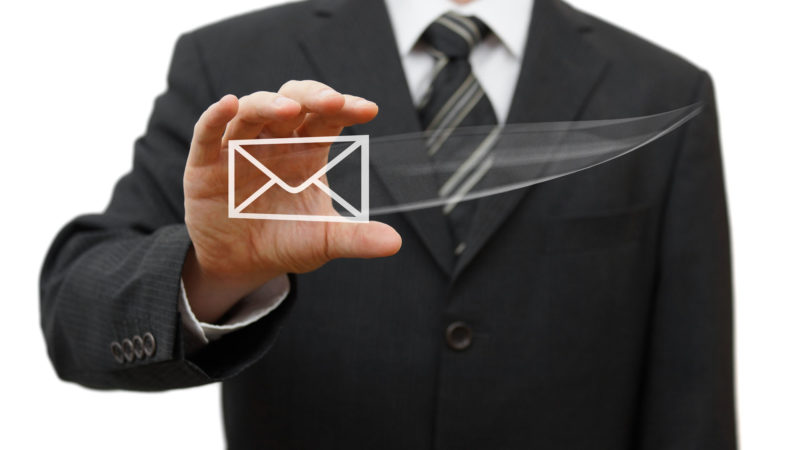3 Key Strategies For Better Email Re-Engagement
How do you get inactive subscribers to hop back on board? Columnist Paul Ford offers some tips to improve your customer re-engagement levels.
 When it comes understanding customer data and how best to leverage it to a company’s advantage, marketers have a lot to learn from data scientists.
When it comes understanding customer data and how best to leverage it to a company’s advantage, marketers have a lot to learn from data scientists.
Data scientists draw insights from data sets and then use those insights to manage things like email engagement. Re-engagement, or connecting with inactive customers, is an essential tool of any marketing (or targeting) campaign.
So how can you think like a data scientist and kick-start an email re-engagement campaign? Below I’ve listed three strategies you can employ to get you started.
1. Frequency
Outside of the traditional re-engagement campaign, data shows us two things that marketers should also be on the lookout for. First, you need to measure the engagement as it’s happening in real time.
When you send an email campaign, look at your recipient list and see who is likely to be interested based on prior engagements. Check for customer habits. Are there recipients who have become fatigued because you sent too much email recently?
In cases where the recipient is not engaging with your content, you need to lower the sending frequency down to a trickle. The trick is to find the best-performing email for your recipients over the past few months — i.e., one that you know they have opened — and only send that type of email to them.
Of course, if you don’t have this information from click and open rates, it’s a good idea to send it first to other people and gauge feedback. If you see well-above-average feedback for that email, then, and only then should you send it to the unengaged user.
Sending them anything else is probably a waste of time.
2. Segmentation
Closely monitoring the frequency of emails you send is important, but it’s not enough on its own. This strategy can prove fruitless if your email lists are not segmented.
In fact, many marketers I’ve spoken to have reduced their sending frequency with the aim of improving engagement rate statistics or staying out of the spam folder but have failed to see the benefits. Here’s why…
If you lower the frequency and send just two or three emails per week, it’s likely the most engaged recipients (top 10 percent or 20 percent) will be interested. But if you’re then unable or unequipped to segment based on that engagement, you’ll have to cater to the lowest common denominator, and in doing so, you’re leaving a lot of value and engagement on the table.
By segmenting recipient lists into the “most engaged,” “somewhat engaged” and “least engaged,” for instance, you can optimize the sending frequency of each of these segments and maximize the interaction you get out of each.
3. Adapting For Mobile
The exponential growth of mobile is impossible for marketers to ignore. Besides the need to develop content suited to a smaller screen, there are some other issues to think about.
First, if we look at the email data coming from mobiles, it’s important to note that the statistics can look very different.
Some smartphones automatically open every email and scan them for viruses. This is clearly bad for open rate data, as you’ll always see 100 percent open rates, so it’s necessary to look even more closely at click rate in these instances.
Second, there’s an additional sending challenge with mobile. You need to compare the different devices and alter the sending frequency for mobiles because behavior varies — people get fatigued more quickly when they’re always looking on the phone and seeing the same sender filling up the inbox.
Remember, each device is different, and you need to interpret that data accordingly, which requires a little more research than when studying emails on a PC or laptop.
Consistently monitoring each of these areas in your email campaign, fine-tuning them and responding to user behavior will help you see significant improvements in customer re-engagement levels.
Contributing authors are invited to create content for MarTech and are chosen for their expertise and contribution to the search community. Our contributors work under the oversight of the editorial staff and contributions are checked for quality and relevance to our readers. MarTech is owned by Semrush. Contributor was not asked to make any direct or indirect mentions of Semrush. The opinions they express are their own.
Related stories